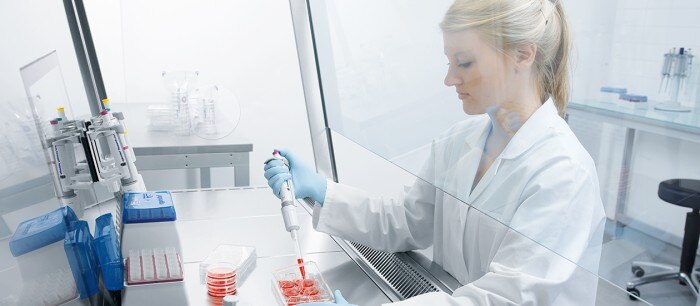MENU
CH | CHF
CH | CHF
-
- Toutes les centrifugeuses
- Centrifugeuses de paillasse
- Centrifugeuses au sol
- Centrifugeuses réfrigérées
- Microcentrifugeuses
- Centrifugeuses multi-fonctions
- Centrifugeuses haute vitesse
- Ultracentrifugeuses
- Concentrateur
- Produits IVD
- High-Speed and Ultracentrifuge Consumables
- Tubes de centrifugeuse
- Plaques de centrifugeuse
- Gestion des appareils
- Gestion des échantillons et des informations
-
- Toutes les pipettes, tous les distributeurs et tous les systèmes automatisés de manipulation de liquides
- Pipettes mécaniques
- Pipettes électroniques
- Pipettes multicanaux
- Distributeurs et pipettes à déplacement positif
- Pointes de pipette
- Distributeurs sur flacon
- Auxiliaires de pipetage
- Accessoires pour pipettes et distributeurs
- Automates de pipetage
- Consommables d’automatisation
- Accessoires d’automatisation
- Services pour pipettes et distributeurs
Sorry, we couldn't find anything on our website containing your search term.
Sorry, we couldn't find anything on our website containing your search term.

Cell Culture FAQ: How to work at the BSC?
Lab Academy
- Biologie cellulaire
- Culture cellulaire
- Consommables pour culture cellulaire
- Incubateurs à CO2
- FAQ
In a cell culture lab, the biological safety cabinet is meant to be a sterile (contamination-free) working area where cell culture vessels and tubes with sterile reagents can be opened without the risk of being contaminated.
In a cell culture lab, the biological safety cabinet is meant to be a sterile (contamination-free) working area where cell culture vessels and tubes with sterile reagents can be opened without the risk of being contaminated.
The reality in many labs looks different: the hood is cluttered with pipettes, tip boxes, tube racks, waste containers and all the stuff people think they might need at some point during the workflow.
Having every item needed for the experiment at hand, but not overcrowding your work space, is the key. Every piece of equipment and every movement causes turbulences within the laminar air flow that is supposed to keep contaminants outside the hood.
The reality in many labs looks different: the hood is cluttered with pipettes, tip boxes, tube racks, waste containers and all the stuff people think they might need at some point during the workflow.
Having every item needed for the experiment at hand, but not overcrowding your work space, is the key. Every piece of equipment and every movement causes turbulences within the laminar air flow that is supposed to keep contaminants outside the hood.
Lire la suite

So don’t overcrowd your work space and avoid hectic movements with your arms. Never block the air vents and ensure that constant air flow is maintained. And keep in mind that using a Bunsen burner in the hood does not give any extra protection. On the contrary, the open flame disrupts the laminar airflow and therefore eliminates the protection and safety of the working space.
Organization of Your Biosafety Cabinet
Organization of Your Biosafety Cabinet
Lire la suite

Related documents

Schedule
PDF 0,68 MB
Related links
- Cell Culture FAQ: Lid up or down?
- Cell Culture FAQ: What is the best test method for mycoplasma?
- Cell Culture FAQ: How to reduce the edge effect in plates?
- How to prevent contamination in the cell culture lab
- Video: How to organize your biological safety cabinet for sterile work
- Video: How to seed cells correctly
Lire la suite
